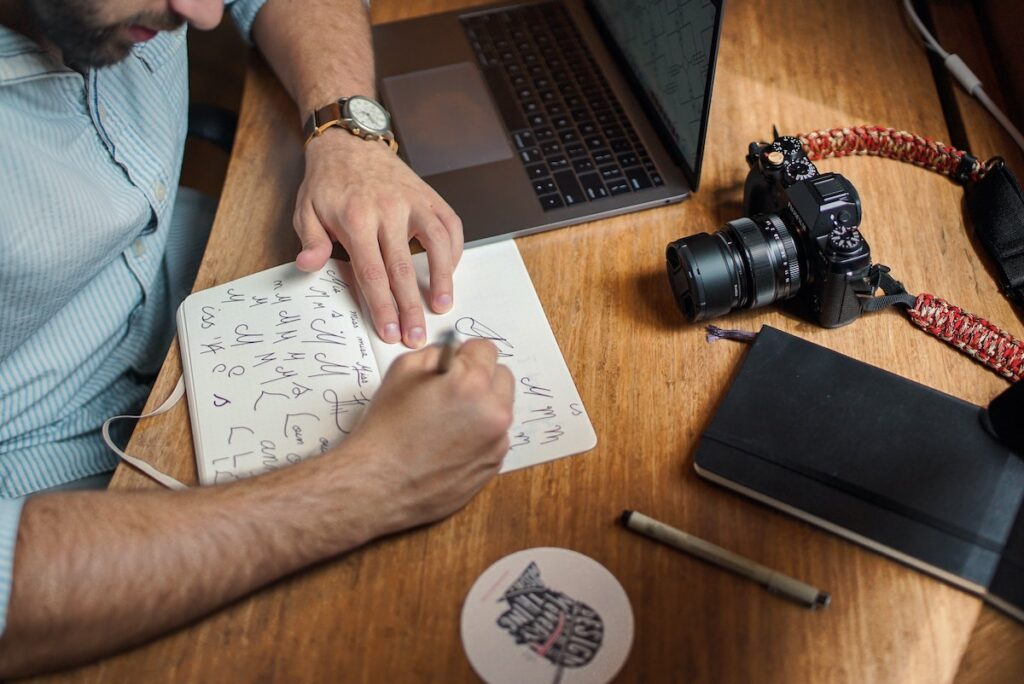Featured images are a prominent image that represents and summarises the content of a blog post, page or article on a website. They typically appear as thumbnails or headers, often at the top of a post or page and serve as a visual representation of the content, helping to grab the reader’s attention and make the content more attractive and engaging. The featured image can be selected by the author or automatically generated from the content of the post.
Why is a featured image important
Featured images are important for several reasons:
- Visual appeal: Featured images help make a website look more attractive and visually appealing, making it more likely that visitors will stick around and engage with the content.
- Content representation: Featured images provide a visual representation of the content, which can help visitors quickly understand what a post or page is about before they even read it.
- Social media sharing: When a post or page is shared on social media, the featured image is often displayed along with the title and description, helping to grab the attention of potential readers.
- Search engine optimization: Having clear and relevant images on a website can improve its visibility in search engine results, as search engines can use images to understand the context and content of a website.
Overall, featured images play a crucial role in the overall design and user experience of a website, making them an important element of modern web design.

How does a featured image help with SEO?
A featured image can help with SEO in the following ways:
- Image optimization: Optimising images for web use, including using descriptive filenames and alt tags, can help improve the visibility of a website in search engine results.
- Relevance: A relevant and descriptive featured image can help search engines understand the context and content of a page, making it more likely to show up in search results for relevant keywords.
- User engagement: A well-designed featured image can increase user engagement with a page, which can in turn improve its relevance and visibility in search engine results.
- Social sharing: When a page is shared on social media, the featured image is often displayed along with the title and description, making it more likely that people will click through to the page and interact with it, improving its visibility in search results.
Overall, including a well-designed and optimised featured image can help improve the visibility and relevance of a website in search engine results, making it an important element of SEO.

What makes a good featured image
A good featured image is one that is:
- Relevant: It should accurately represent the content of the post or page, and help visitors understand what it’s about at a glance.
- High-quality: A high-quality image with good resolution and colour will make a website look more professional and appealing.
- Eye-catching: A well-designed image that grabs the attention of visitors can help increase engagement and keep them on a website for longer.
- Appropriate: The image should be appropriate for the content of the post or page, and for the audience that the website is targeting.
- Unique: A unique and original image will help a website stand out from others and make it more memorable for visitors.
- Optimized: A good featured image should be optimized for web use, including being properly sized and compressed to ensure quick loading times.
In general, a good featured image is one that accurately represents the content of a page or post, while also being visually appealing and engaging to visitors.
What size should a featured image be
The size of a featured image depends on several factors, including the design and layout of the website, the size and orientation of the image, and the device on which the website is being viewed.
As a general guideline, a featured image should be large enough to be easily visible and attractive, while also being optimised for web use to ensure quick loading times. Some common dimensions for featured images include:
- 1200 x 630 pixels for a horizontal (landscape) image
- 630 x 1200 pixels for a vertical (portrait) image
- 1024 x 1024 pixels for a square image
It’s important to note that these are just general guidelines and that the size of a featured image will vary depending on the specific needs and design of a website. Additionally, it’s also a good idea to create multiple sizes of a featured image to ensure that it looks good on different devices and screen sizes.


